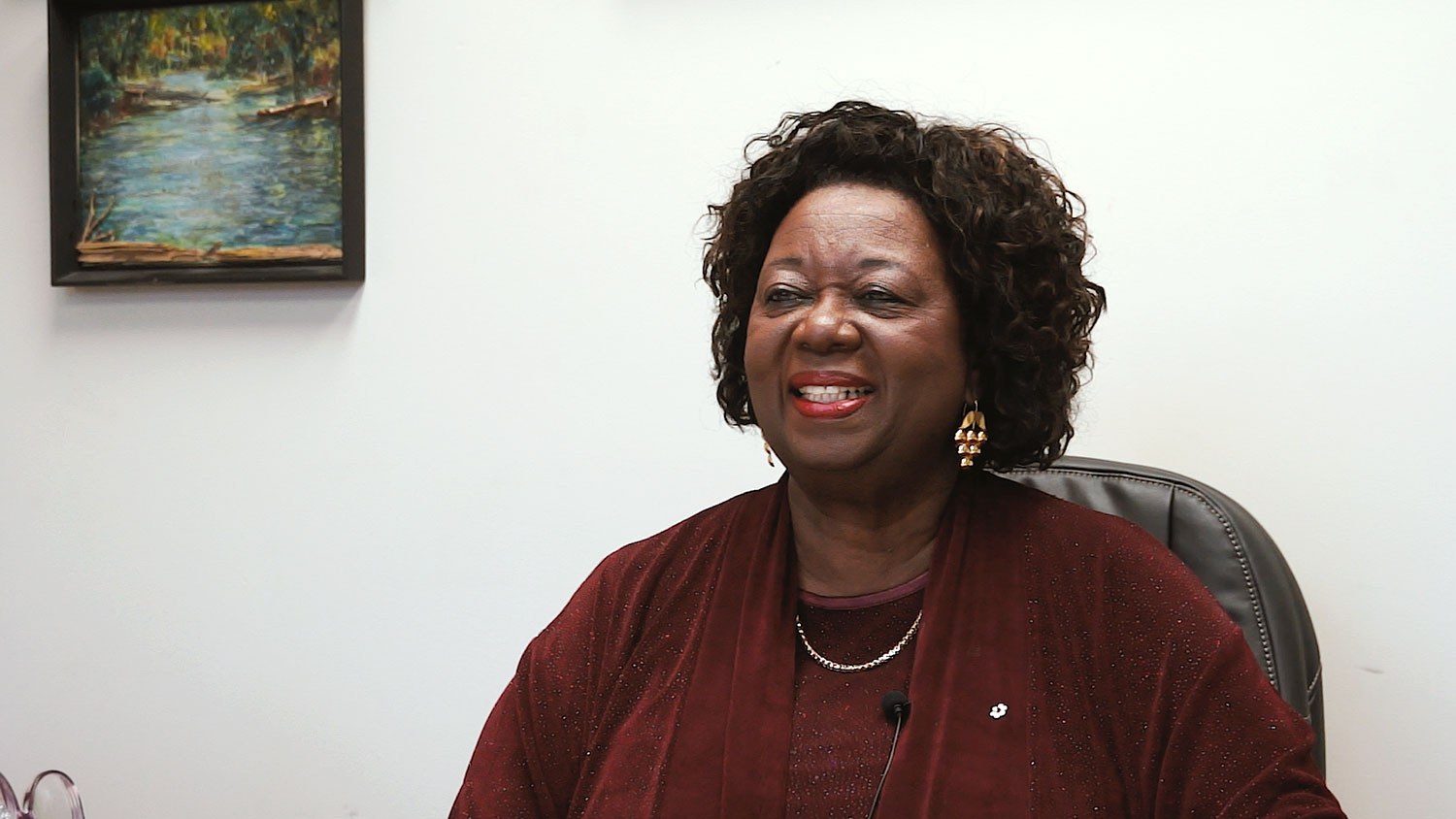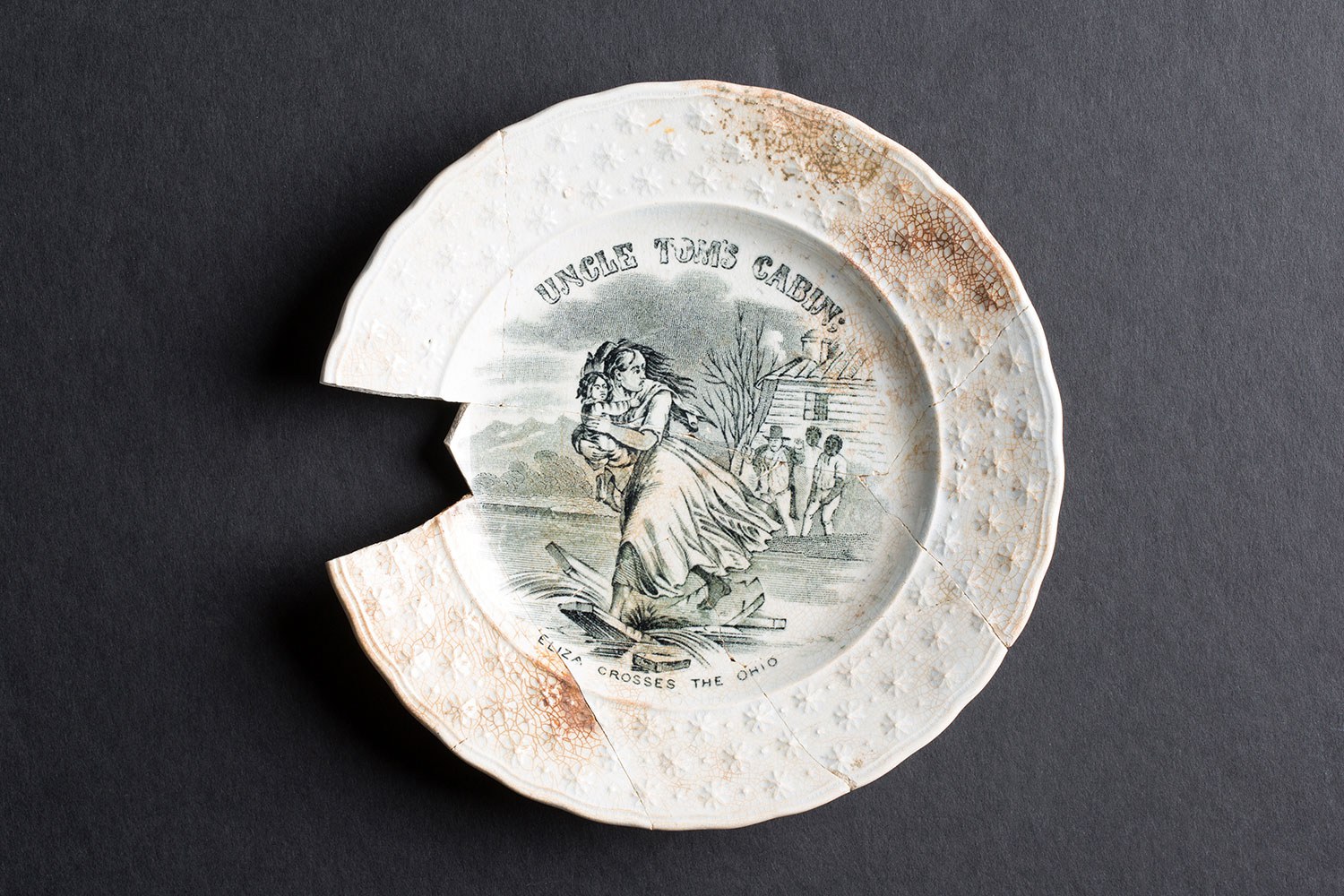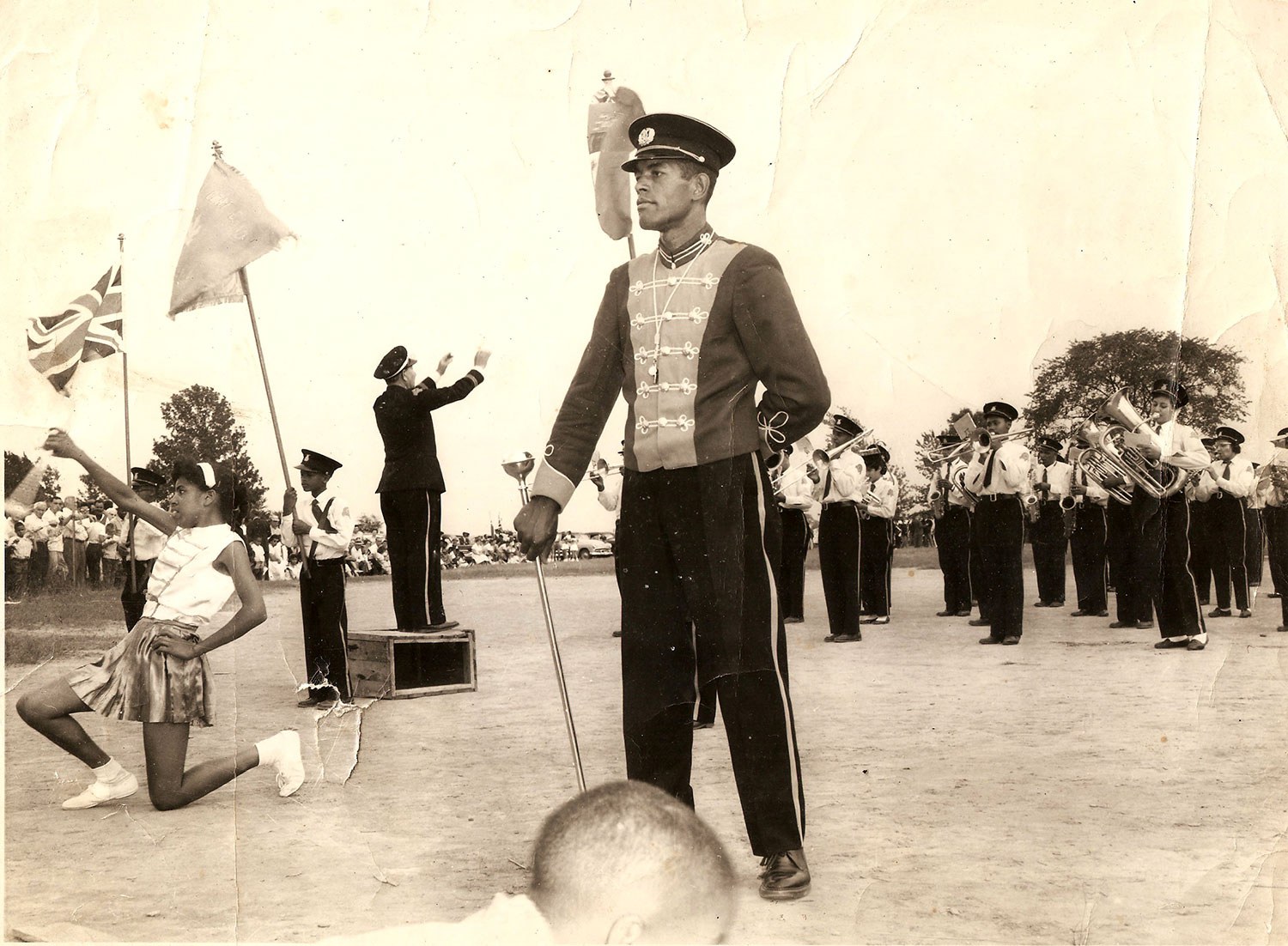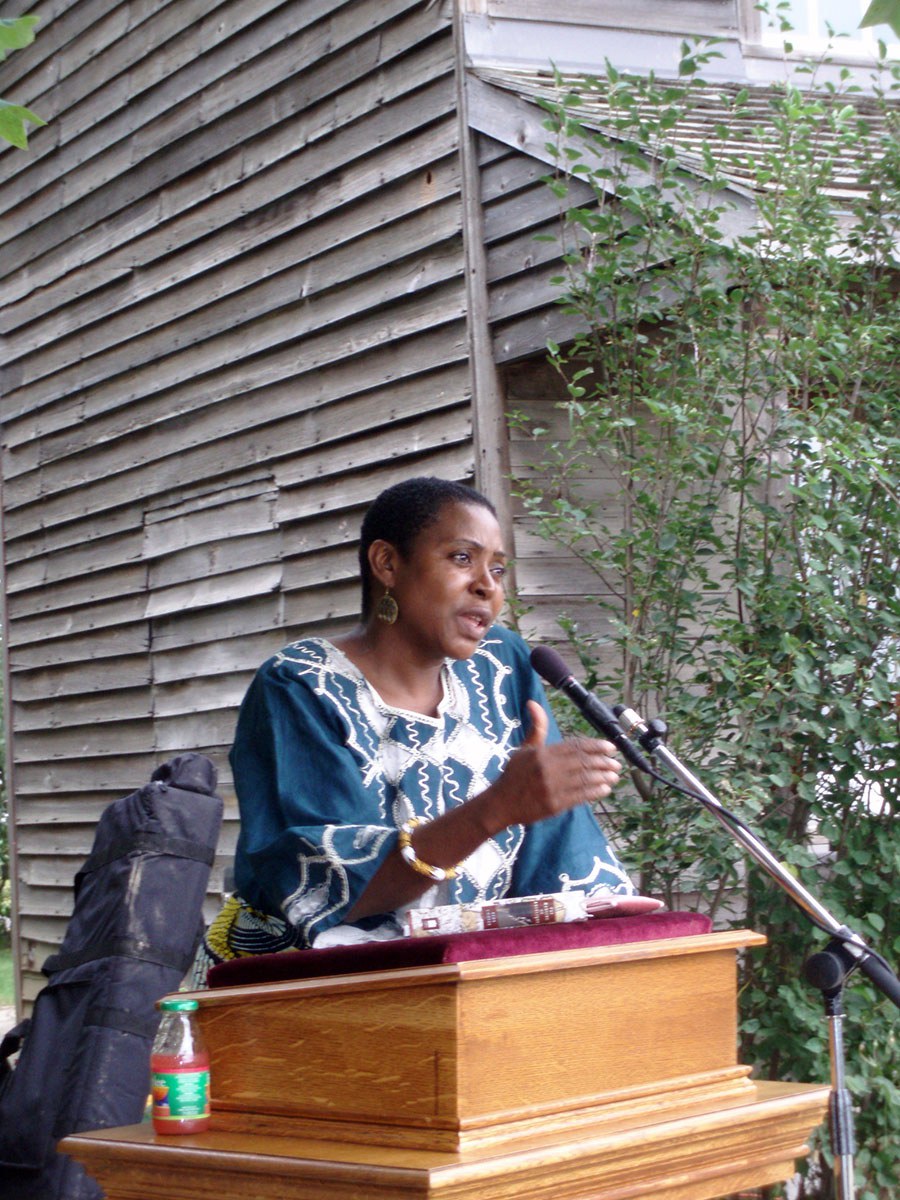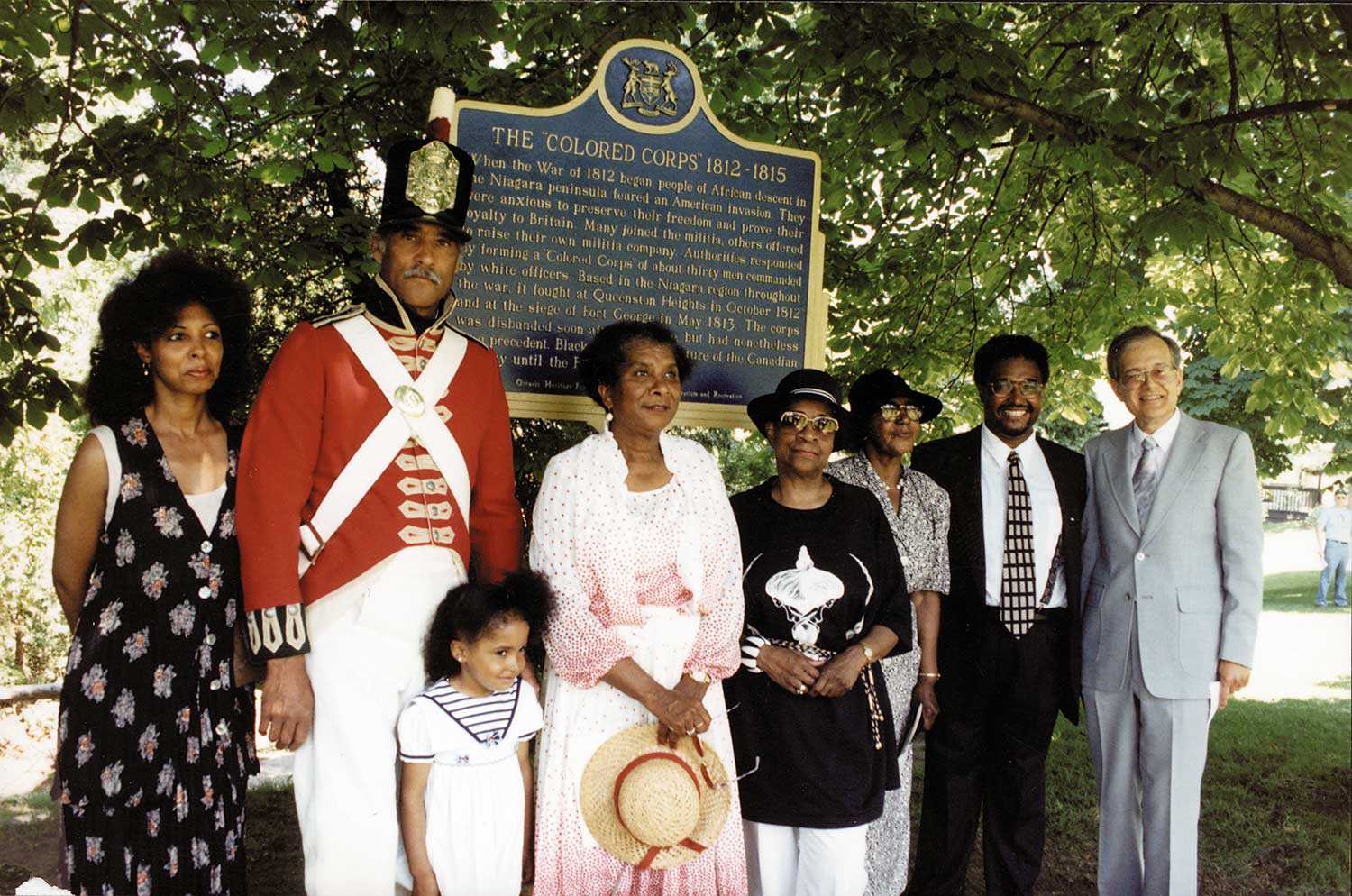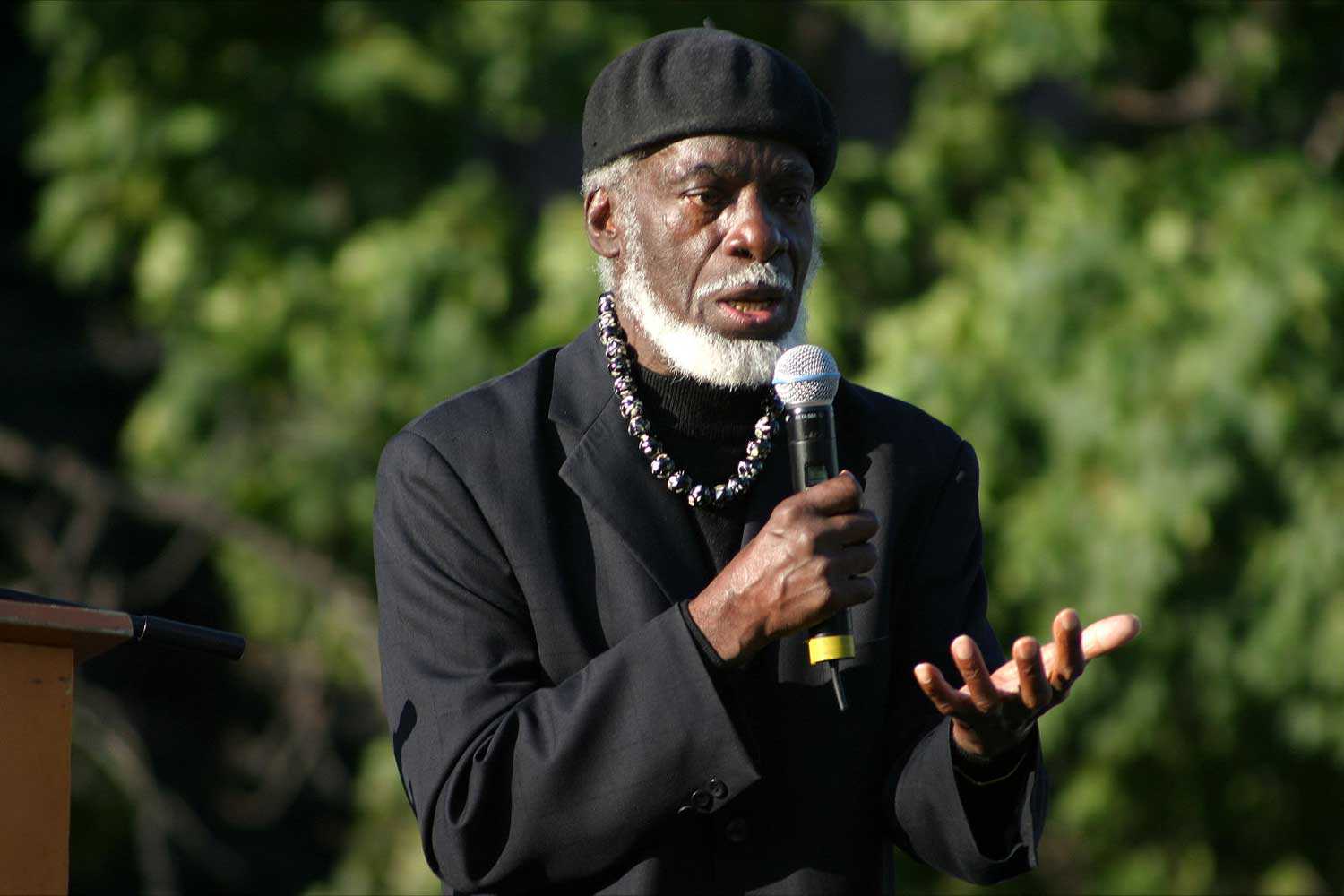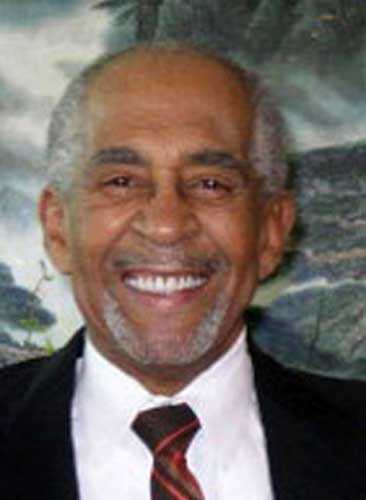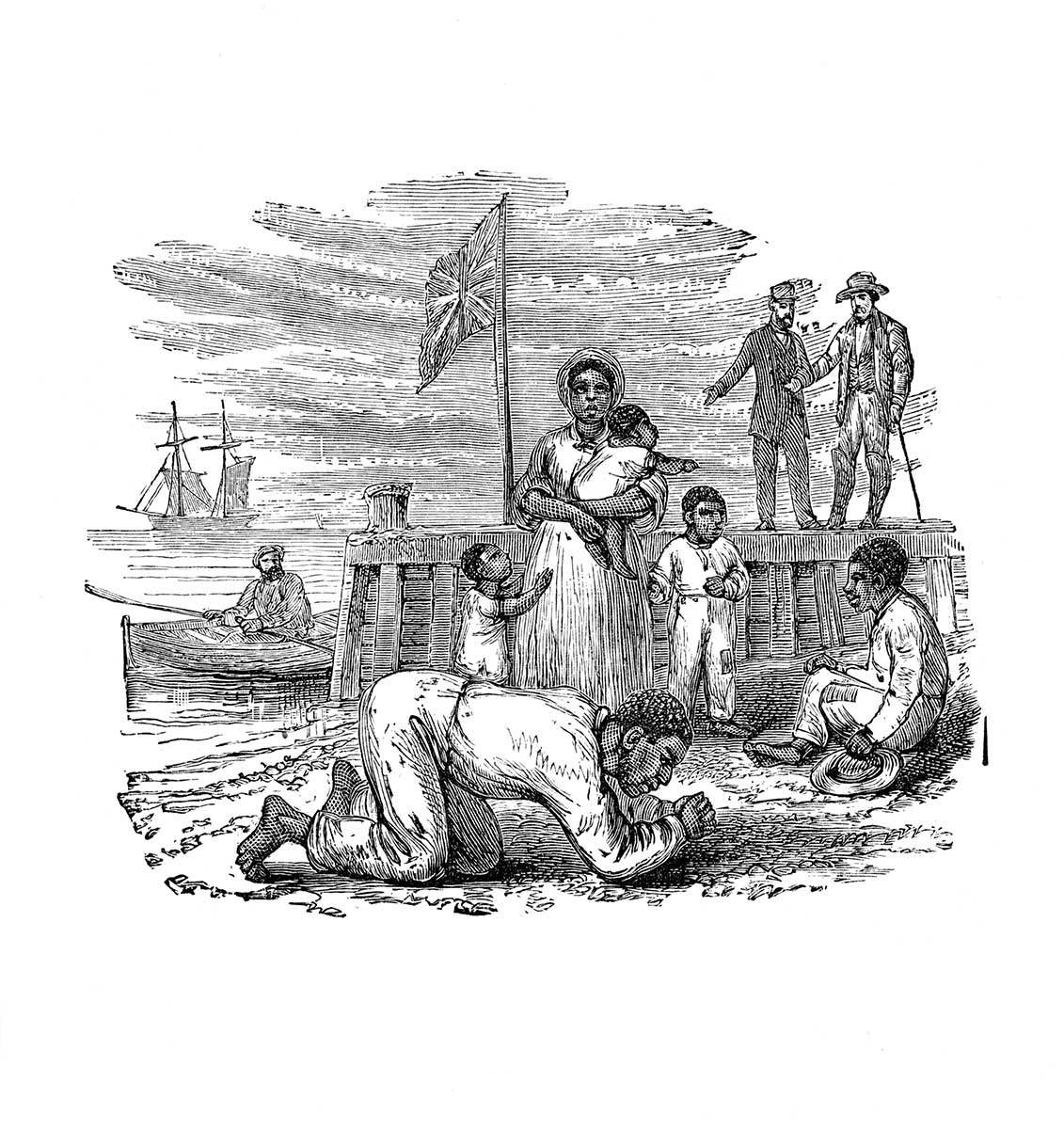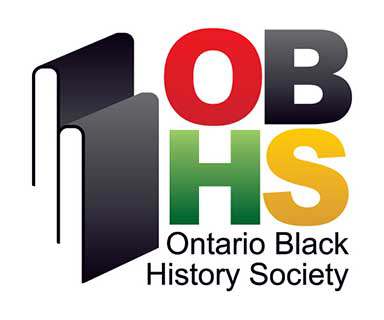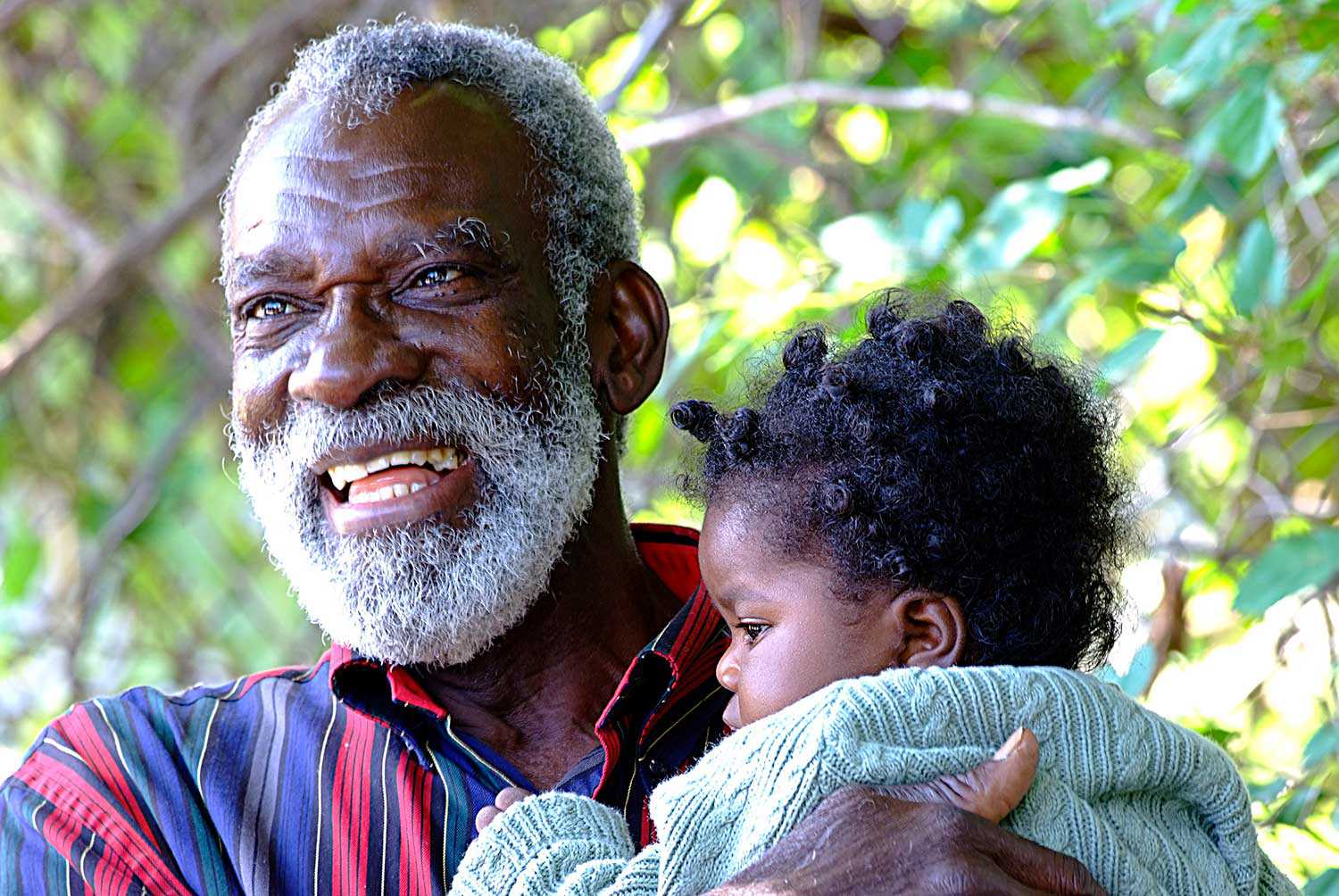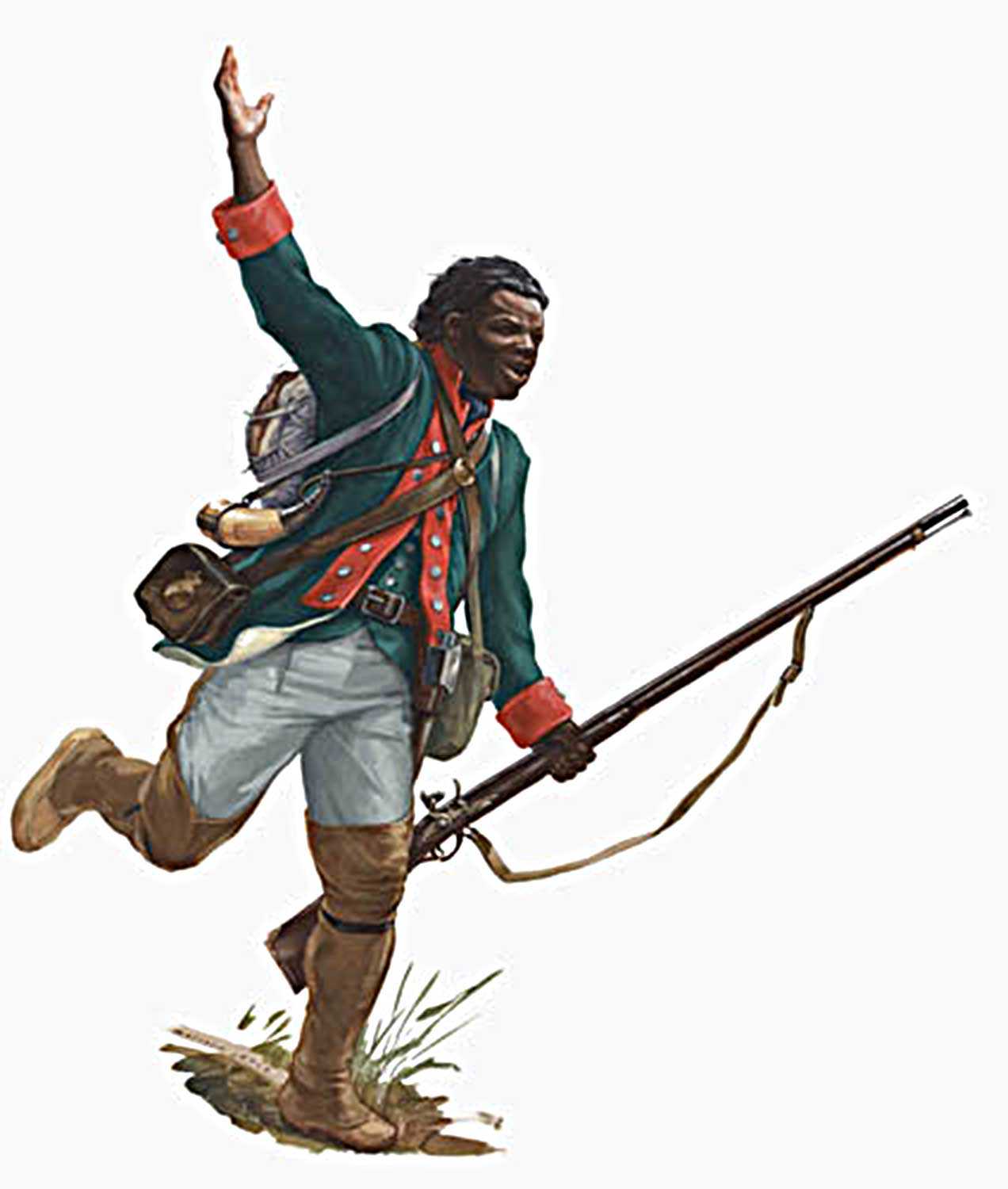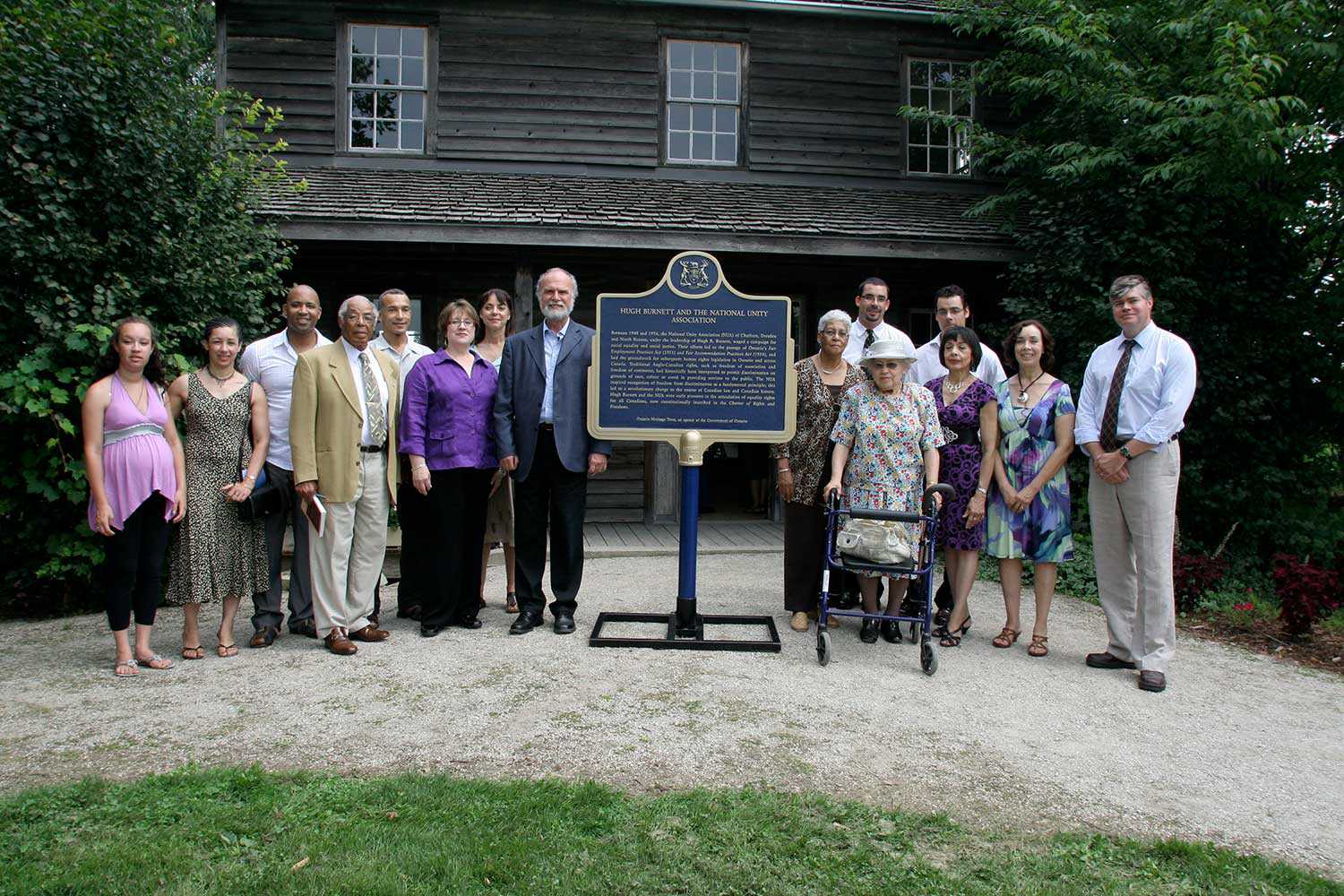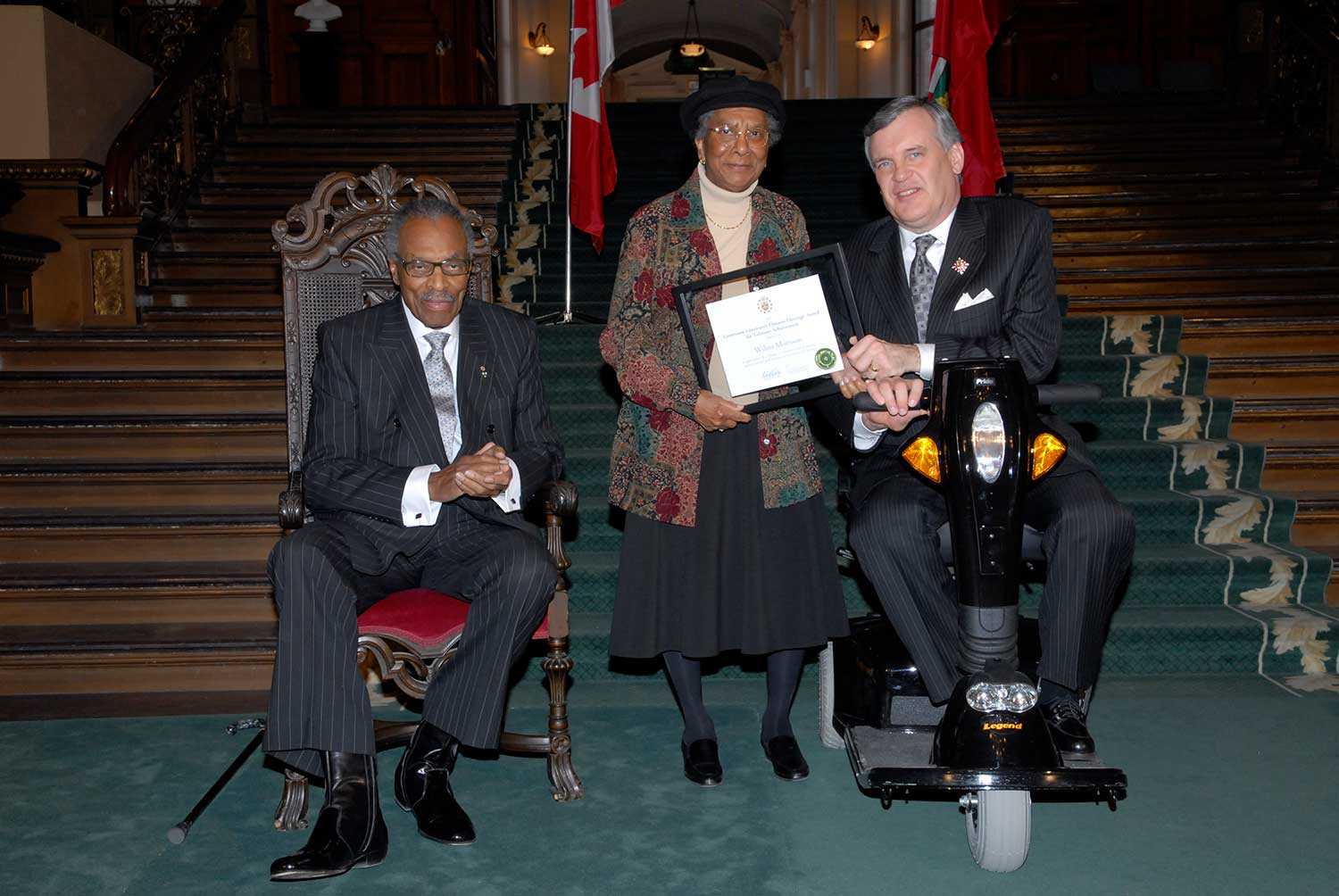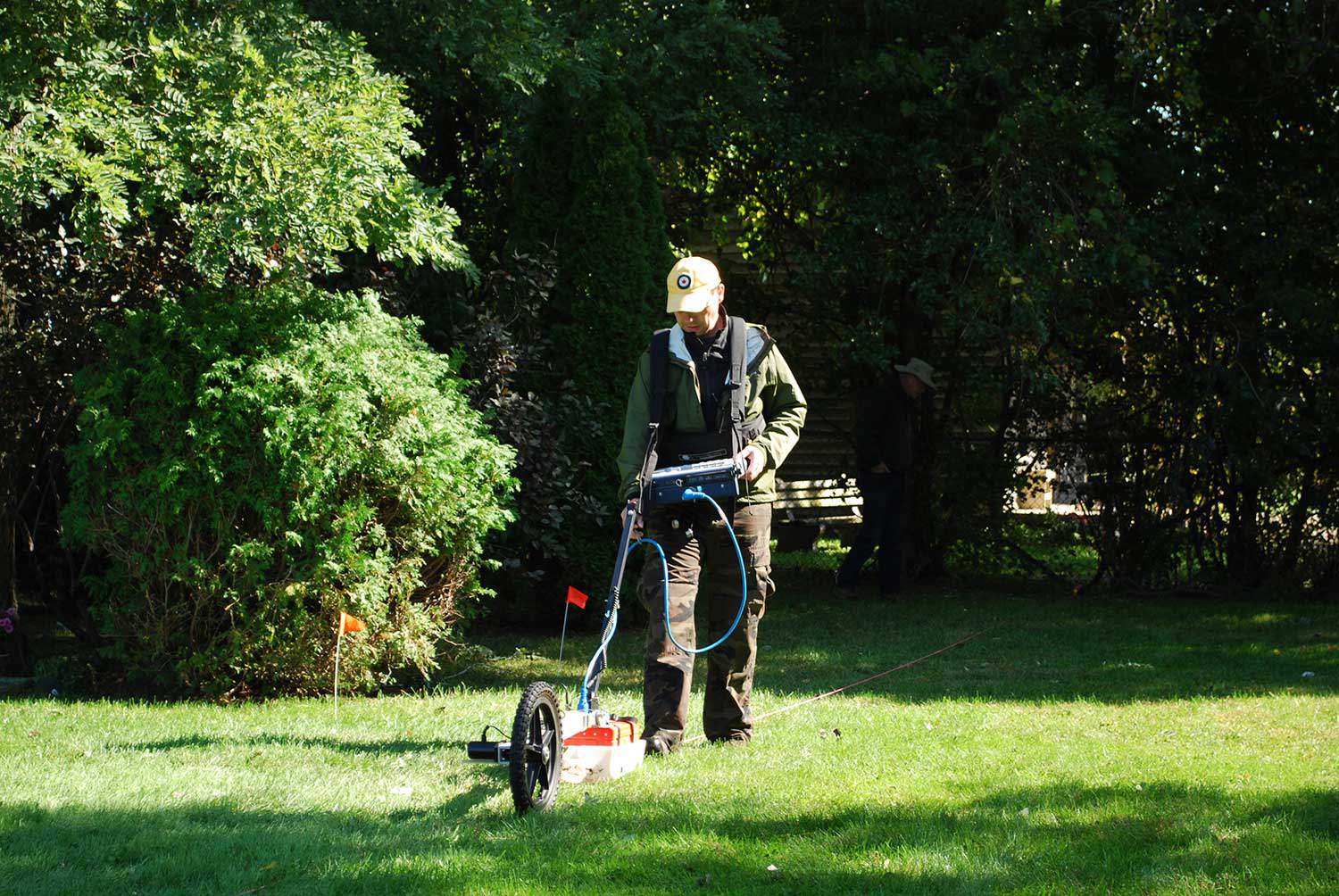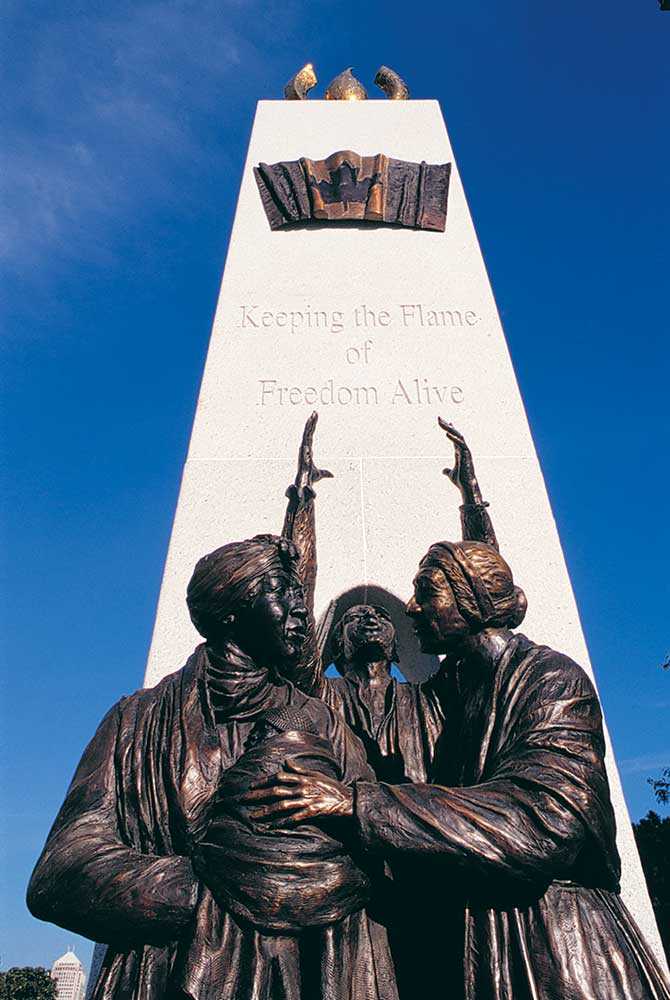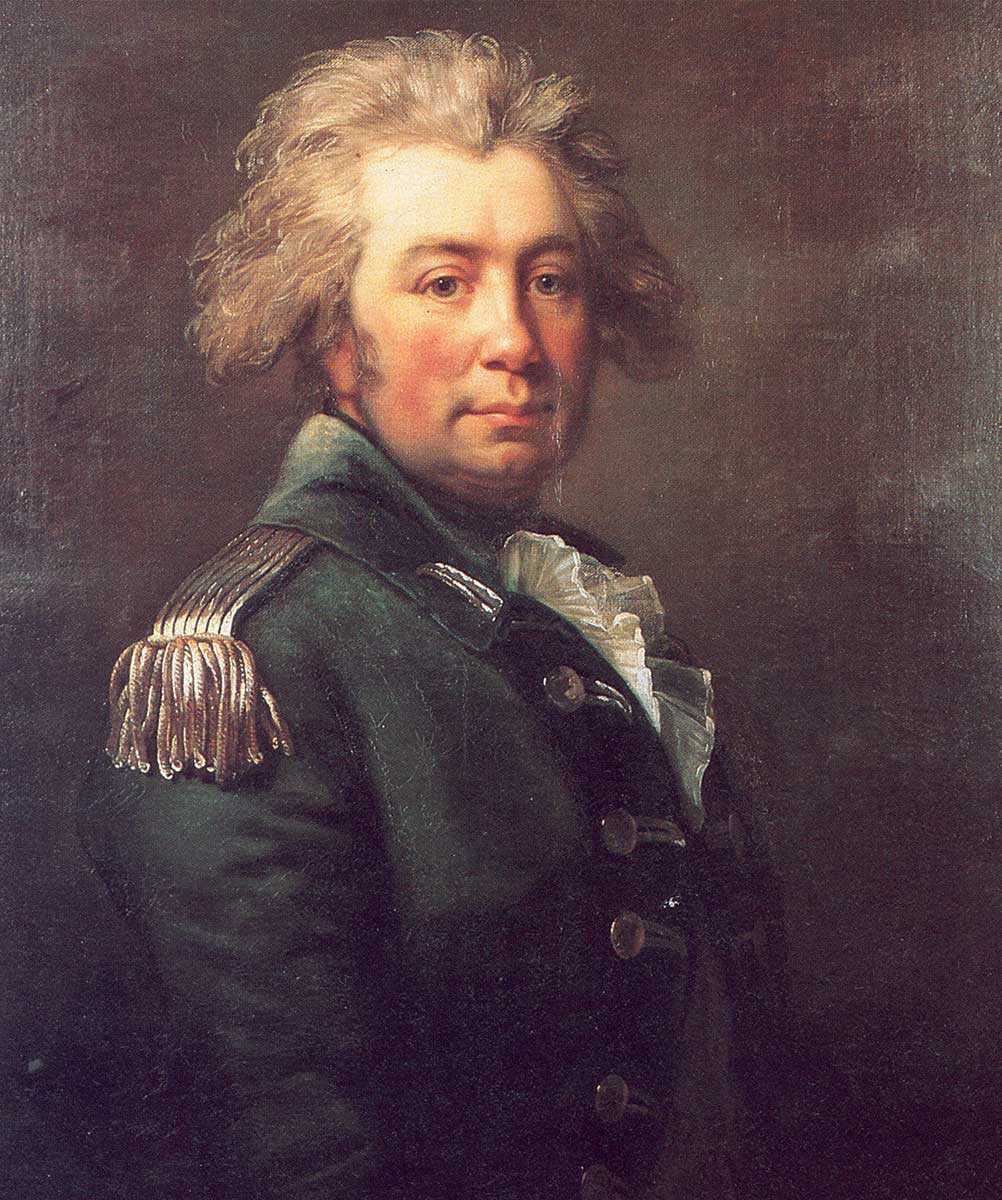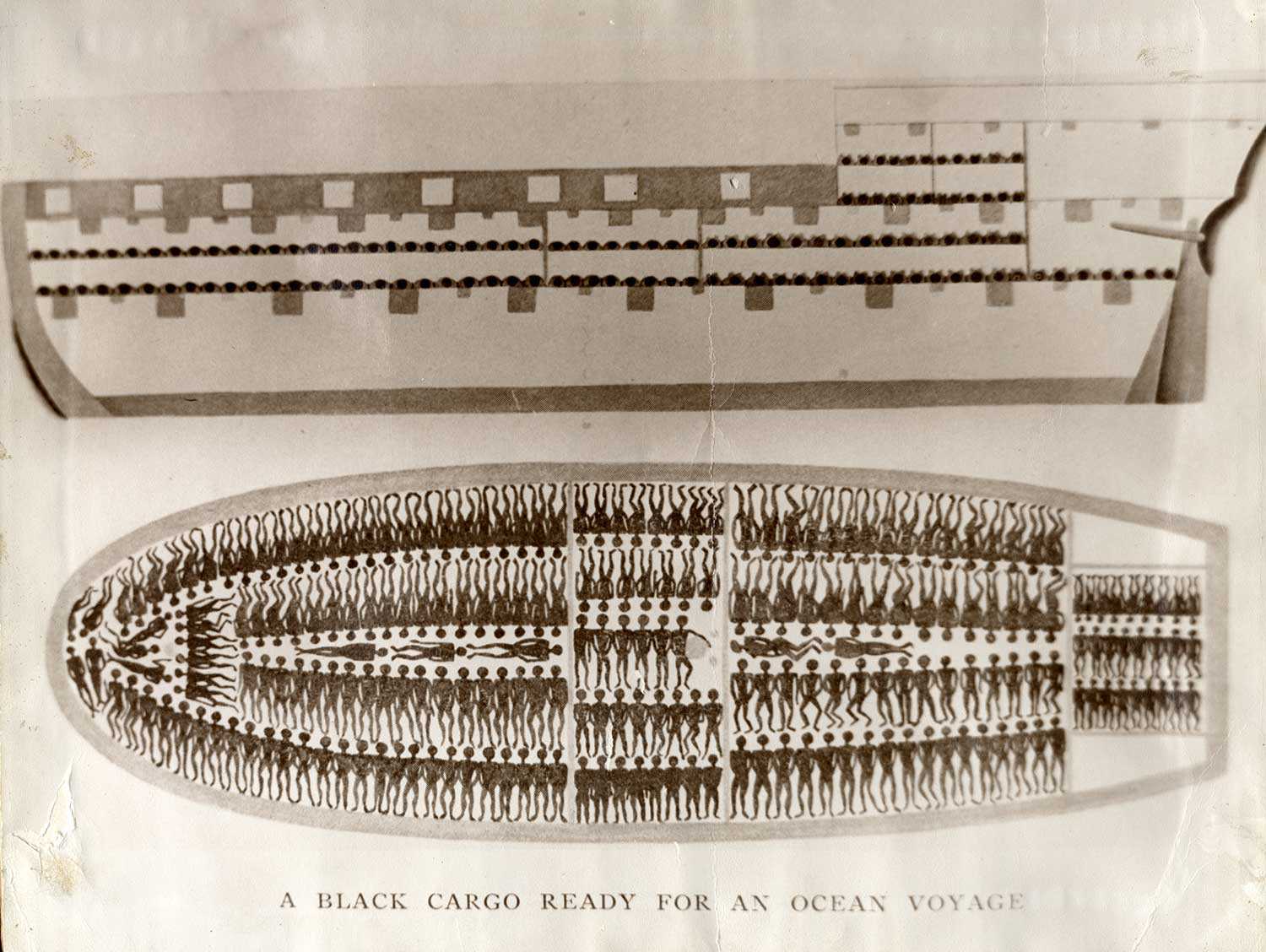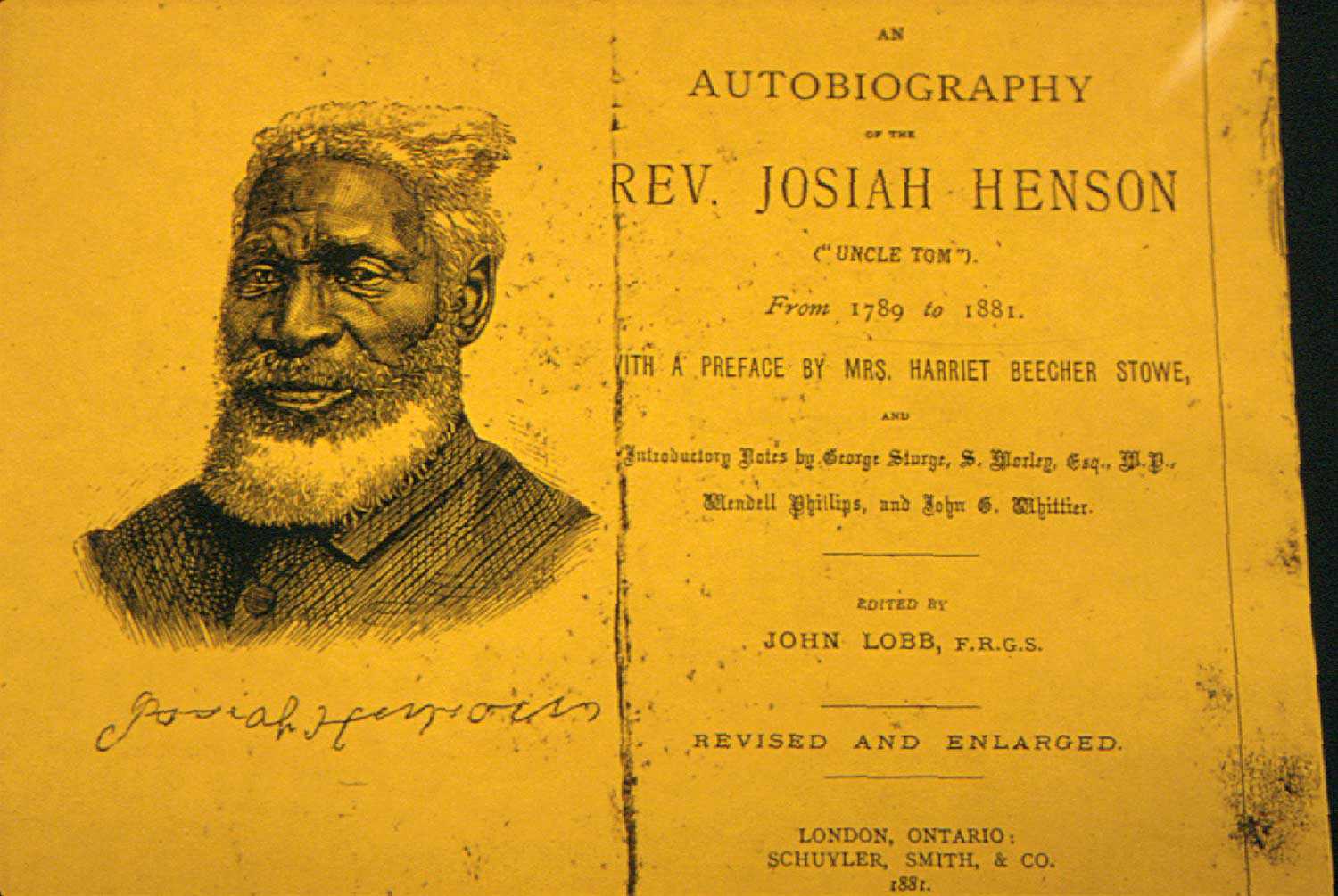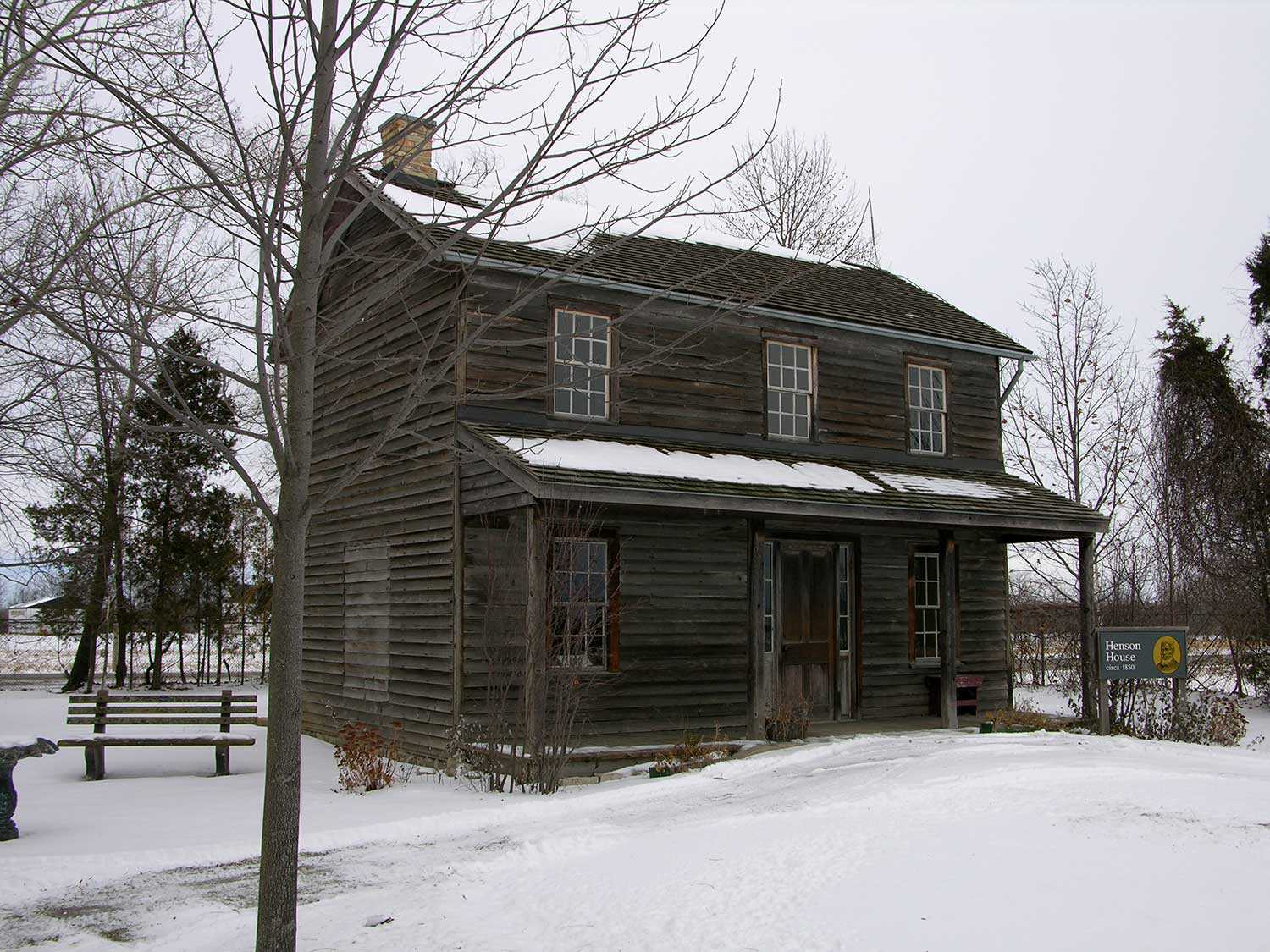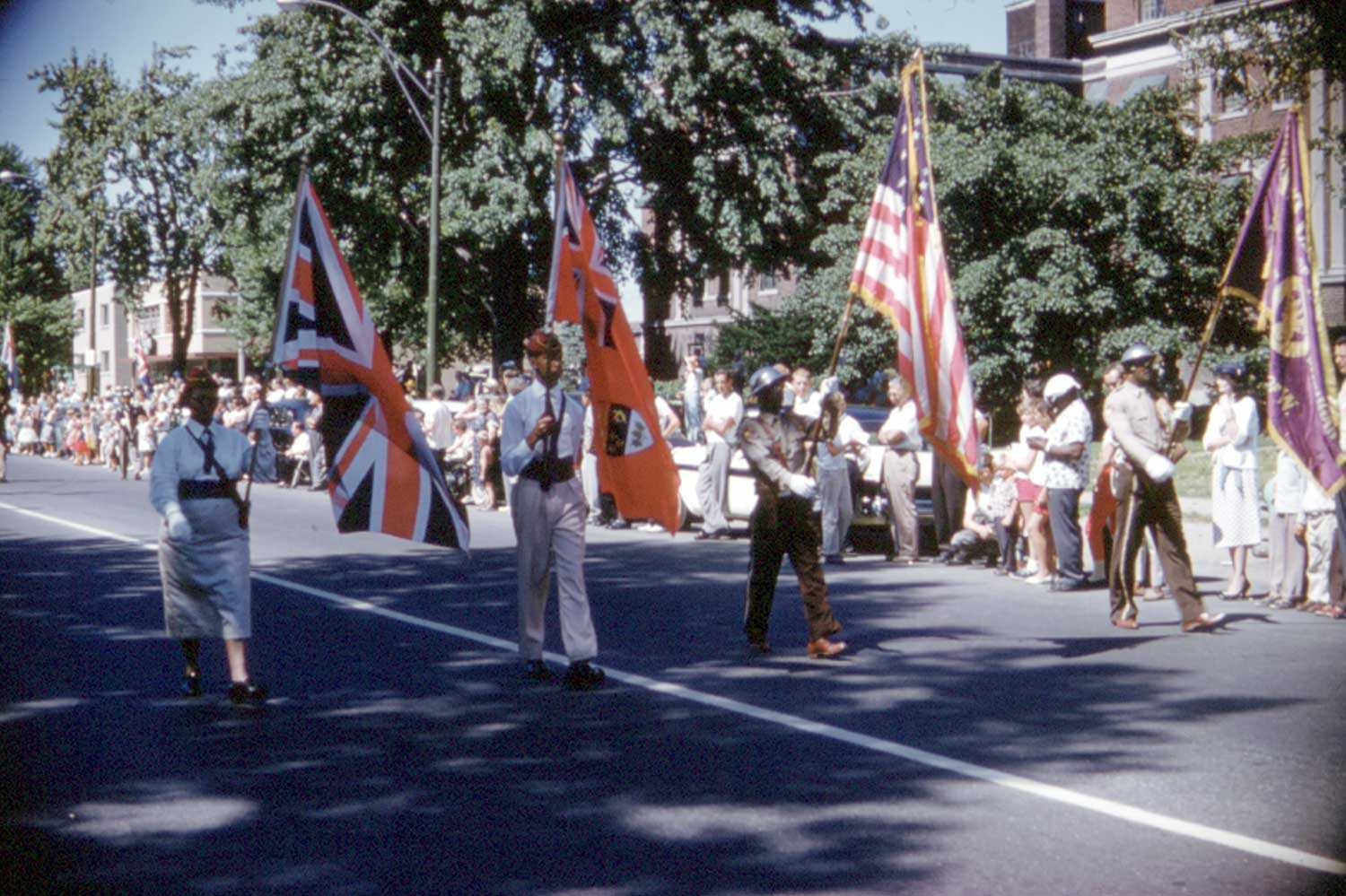

Browse by category
- Adaptive reuse
- Archaeology
- Arts and creativity
- Black heritage
- Buildings and architecture
- Communication
- Community
- Cultural landscapes
- Cultural objects
- Design
- Economics of heritage
- Environment
- Expanding the narrative
- Food
- Francophone heritage
- Indigenous heritage
- Intangible heritage
- Medical heritage
- Military heritage
- MyOntario
- Natural heritage
- Sport heritage
- Tools for conservation
- Women's heritage
Slavery in Ontario
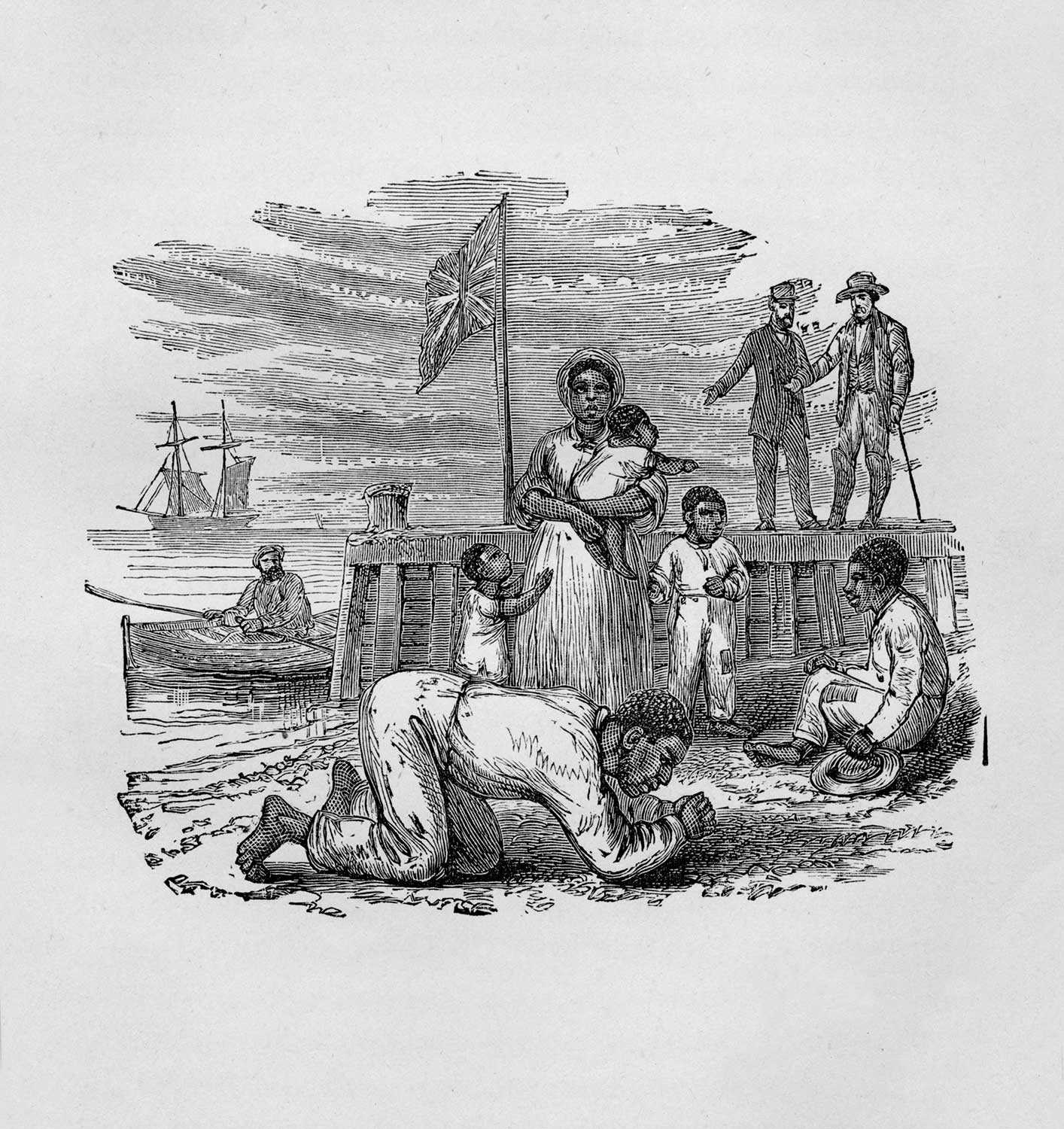

"It is a little-known and sad reality that African slavery existed in what is now Ontario. The practice came to the province with the United Empire Loyalists who emigrated here after the American Revolution, many bringing slaves with them."
Slavery – one of the world’s oldest institutions, practised in almost every society – became increasingly identified with the Black peoples of Africa because of the trans-Atlantic slave trade (1518-1850).
Close to 25 million people were purchased by European slaving powers and deported from their African homelands to work as slaves on the farms and plantations and in the factories and homes of whites in every new world society from Canada to Argentina. The slave trade and enslavement of Africans contributed to European wealth and dominance.
At least 600,000 Africans arrived on the shores of what is now the United States during the height of the slave trade. This number climbed to four million by the start of the 1861 American Civil War. The labour provided by these enslaved Africans helped to establish the United States as the wealthiest economy in the world. Although the northern states abolished slavery by 1827, it continued to grow in the south.
The first recorded instance of African enslavement in Canada dates to 1628 with Olivier LeJeune, a young boy from Madagascar. After this date, slavery in Canada expanded and was institutionalized under the French and British regimes. Many of the enslaved were born in Canada but others came from the United States, the Caribbean, Africa and Europe.
It is a little-known and sad reality that African slavery existed in what is now Ontario. The practice came to the province with the United Empire Loyalists who emigrated here after the American Revolution, many bringing slaves with them.
The Canadian climate, with its short growing season and harsh winters, was not suited to the large-style plantation system of the southern States. Nor was it economically viable to feed and house slaves throughout the winter. As a result, most slaves in Ontario filled domestic roles – cooks, butlers and servants in the homes of the wealthy and elite.
Slavery gradually diminished in Canada. In 1793, after learning of the forcible removal to the United States of an enslaved Black woman named Chloe Cooley, Lieutenant-Governor John Graves Simcoe passed legislation that prohibited the importation of slaves into Upper Canada and set terms that limited slavery here. Another step towards the end of slavery occurred in 1807 with the abolition of the Atlantic slave trade, which prohibited the transportation of slaves but did not abolish slavery. Slavery ended outright with Britain’s Abolition of Slavery Act, which became law on August 1, 1834, completely abolishing the institution throughout its empire, including Canada. This Act meant that everywhere in the British Empire, all Blacks would be considered free persons and have the right to freedom.
Legally, the abolition of slavery put Blacks and whites on equal footing and sent the message that society considered slavery to be morally wrong and something to be fought. Canadian Blacks and other abolitionists continued to defend Black rights in Canada through education and demonstrating against American slavery, by working to improve the condition of life for Canadian Blacks through schools and successful Black settlements, and by taking up arms and serving in the “Colored Corps” – a Black militia unit.
With the abolition of slavery, many African Americans also began to view Canada as a haven from slavery in the southern United States, and racism and discrimination in the North. Canada offered protection to refugees from slavery and set legal precedents that denied extradition requests for slaves.
Over 30,000 Blacks made it safely to Canada via the Underground Railroad – a secret network of free African Americans, sympathetic whites and First Nations people – during the period prior to the American Civil War. Its primary objective was to assist runaway slaves on their journeys to freedom. Escape routes led from the American South to places such as Mexico and the Caribbean, but most frequently to Canada. Escapees fled on foot and by coach, train and water. There were numerous routes leading from the southern slave states to the northern US and Canada. Many freedom seekers who came to Ontario settled in the Windsor region and St. Catharines before later moving to other areas of the province.
Slavery in Ontario had a terrible impact on those who suffered under it. As the first jurisdiction in the British Empire to take steps to limit slavery, Ontario has reason to be proud. But neither Simcoe’s pioneering Act to limit slavery nor the British Act that abolished it succeeded in ending racism or marginalization in Canada. Social freedom and equality were more difficult to attain. Yet by facing and overcoming tremendous challenges, many Blacks were able to establish new lives and enduring communities here.

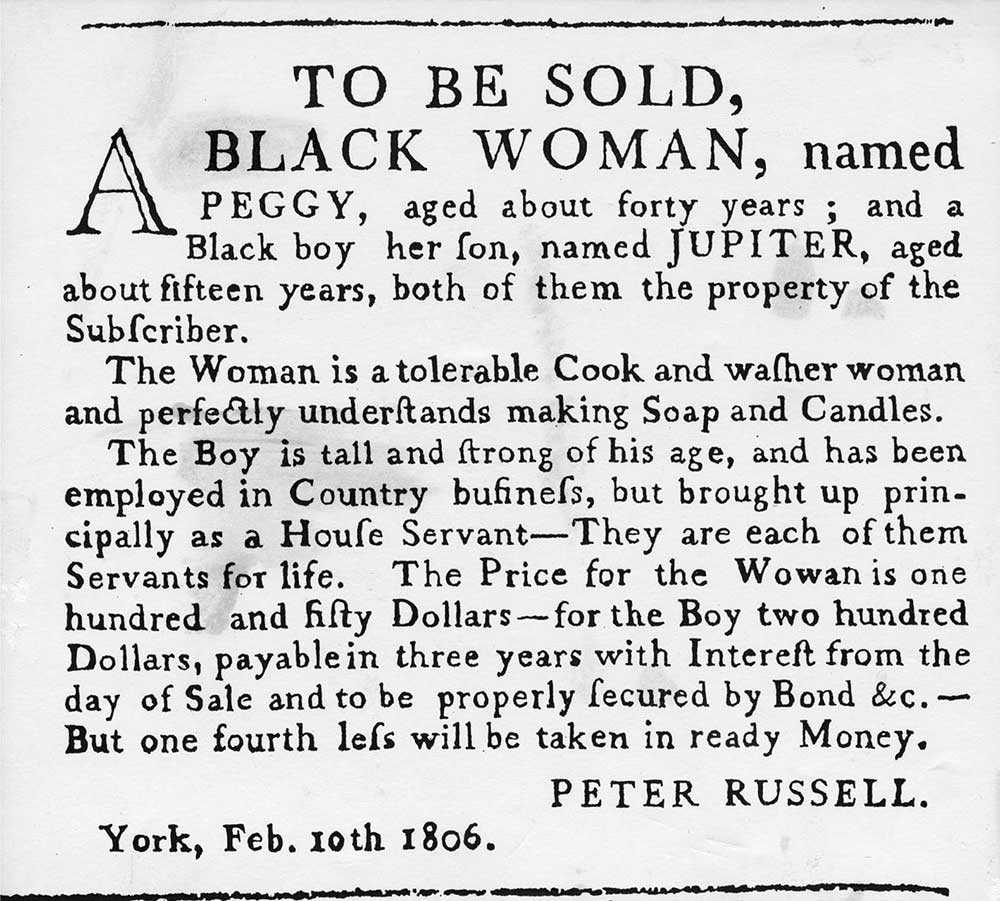
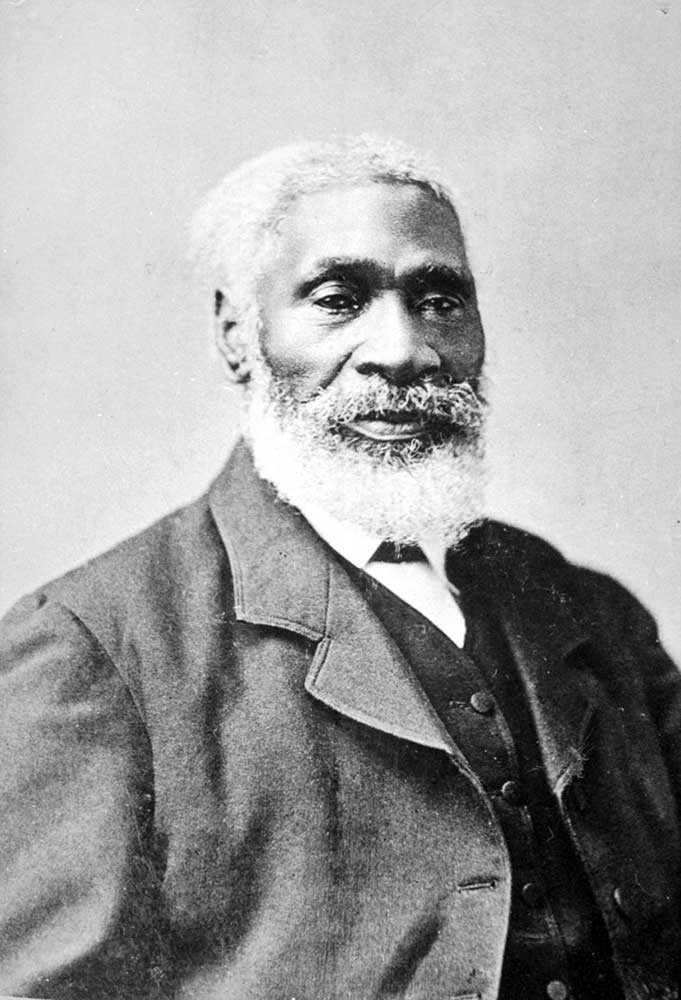
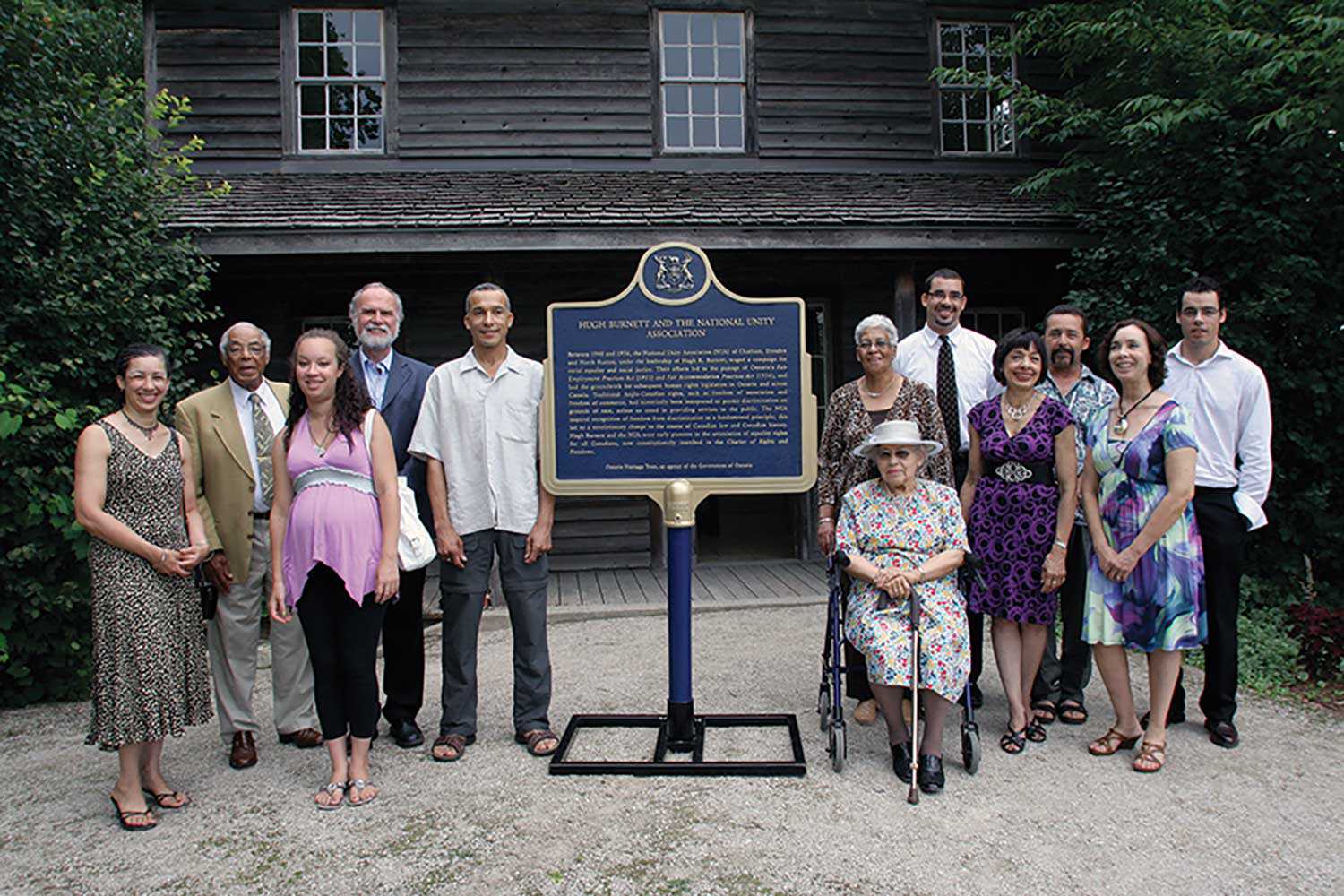
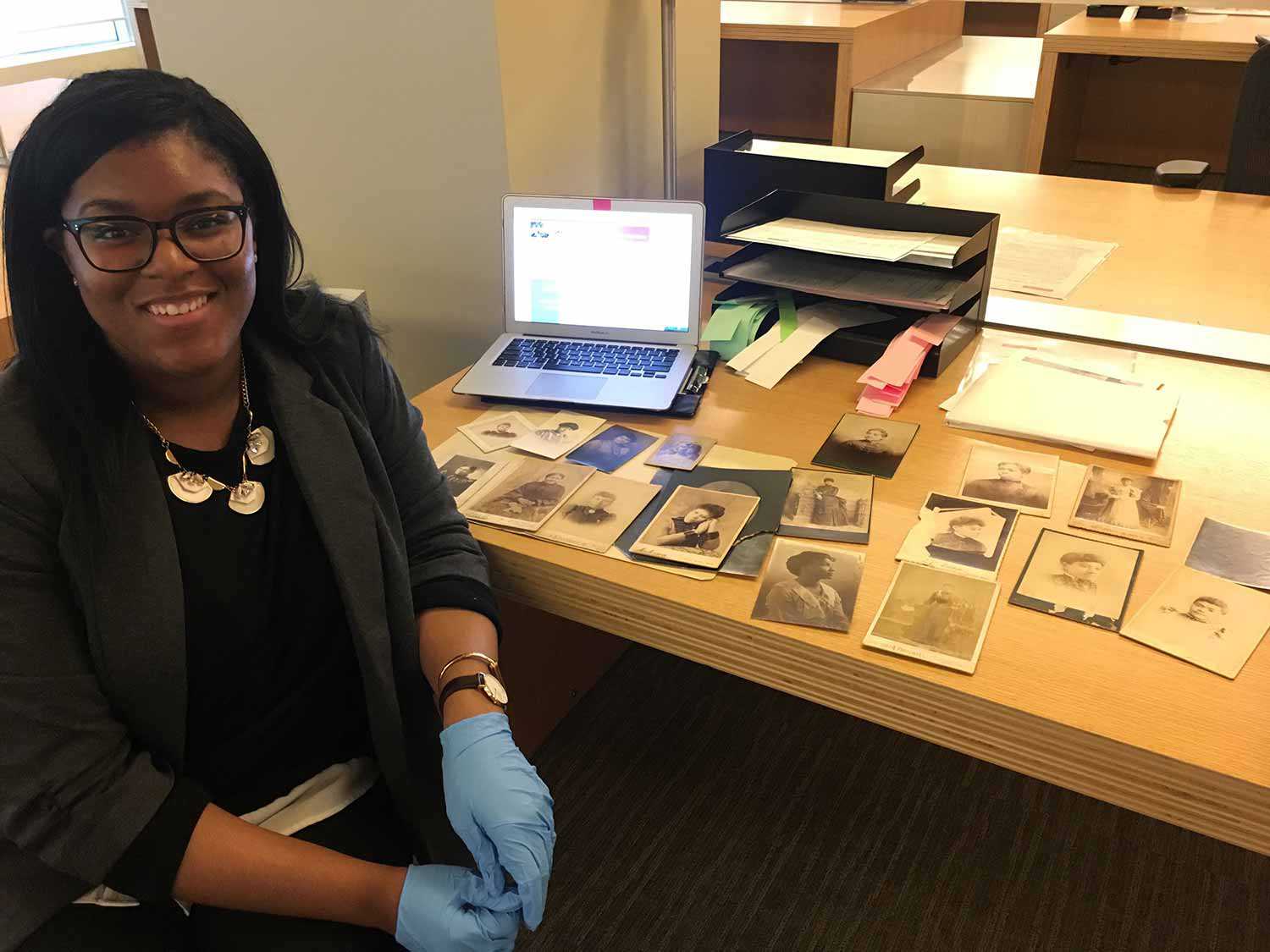
![F 2076-16-3-2/Unidentified woman and her son, [ca. 1900], Alvin D. McCurdy fonds, Archives of Ontario, I0027790.](https://www.heritage-matters.ca/uploads/Articles/27790_boy_and_woman_520-web.jpg)
